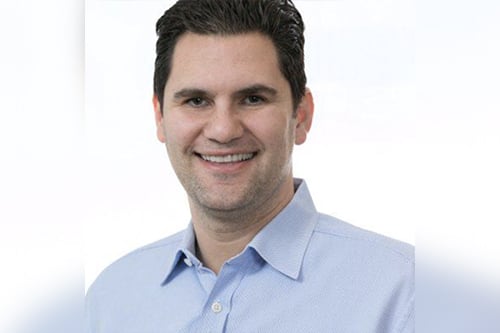CEO sees necessary stop-gaps and wider consequences in $900bn package

On Sunday, Congressional leaders agreed to a $900 billion stimulus package designed to support America’s economic recovery, which has shown signs of flagging.
The second largest stimulus package in US history, after the CARES act passed in March, much of the stimulus money is going to hard-hit real estate sectors and small businesses.
Twenty-five billion dollars ($25 billion) has been earmarked for rental assistance, along with an extension of the eviction moratorium. Fifteen billion dollars ($15 billion) has been set to help “live venues, independent movie theaters, and cultural institutions,” some of which have been among the hardest-hit businesses in 2020. Meanwhile, the package also includes a direct payment of $600 per adult and child, as well as $300 per week in enhanced unemployment insurance benefits.
To understand what this stimulus package means for the US economy in general, and the mortgage industry in particular, MPA spoke with Jarred Kessler (pictured), CEO of EasyKnock, a sale-leaseback platform for homeowners. Kessler explained that while any help right now is good news for the US economy, the somewhat belated nature of this package means some damage has already been done. He stressed, however, that we’re likely to see more stimulus in the future if this recovery effort is to succeed.
“Anything that can provide a gap for payroll deficiencies is going to help because it trickles down into people’s bottom line,” Kessler said. “If they’re giving an extra $300 for unemployment insurance and $600 stimulus checks they’re attacking the problem in a different way than just giving a holiday for people in forbearance. I think it’s a good start…but I would guess there’s probably another $2 trillion to $3 trillion left.”
Read more: What happened to delinquency rates in November
Kessler believes the $25 billion for rental assistance should assist the “mom and pop” landlords who are increasingly unable to pay mortgages on their rental properties. He said this is smarter than simply continuing forbearance and the eviction moratorium as those will likely compound the penalties for mortgage holders down the road when these programs end.
Kessler stressed that this is not a “business improvement” stimulus. This is a package to save people who are currently hanging by a thread. In addition, the belated nature of this package will, in Kessler’s opinion, have consequences that would not have come if it had been passed earlier when the recovery wasn’t slowing down at the rate it currently is. One of those consequences is a worsening jobs market and potential spikes in mortgage default rates. Kessler believes that the damage has already been done there and we will likely see a spike in evictions and foreclosures when moratoria end.
Despite this outlook, Kessler is optimistic about the recovery in the second half of 2021 and thinks that mortgage professionals shouldn’t face too much trouble. The record purchase volume will, in his opinion, continue. He said mortgage pros should try to take advantage of this market driven, at least in part, by the “K” shaped recovery.
However, that “K” shaped recovery is the source of wider concerns for Kessler who expects that certain sectors of the economy, like retail, may never recover to pre-pandemic levels. He sees a worsening wage gap that will lead, in some form or another, to increased political pressure on the “haves.”
“The gap is going to continue to get worse and worse, in my opinion and you’re going to see more of a push to take from the wealthy to help the lower income folks,” Kessler said.



